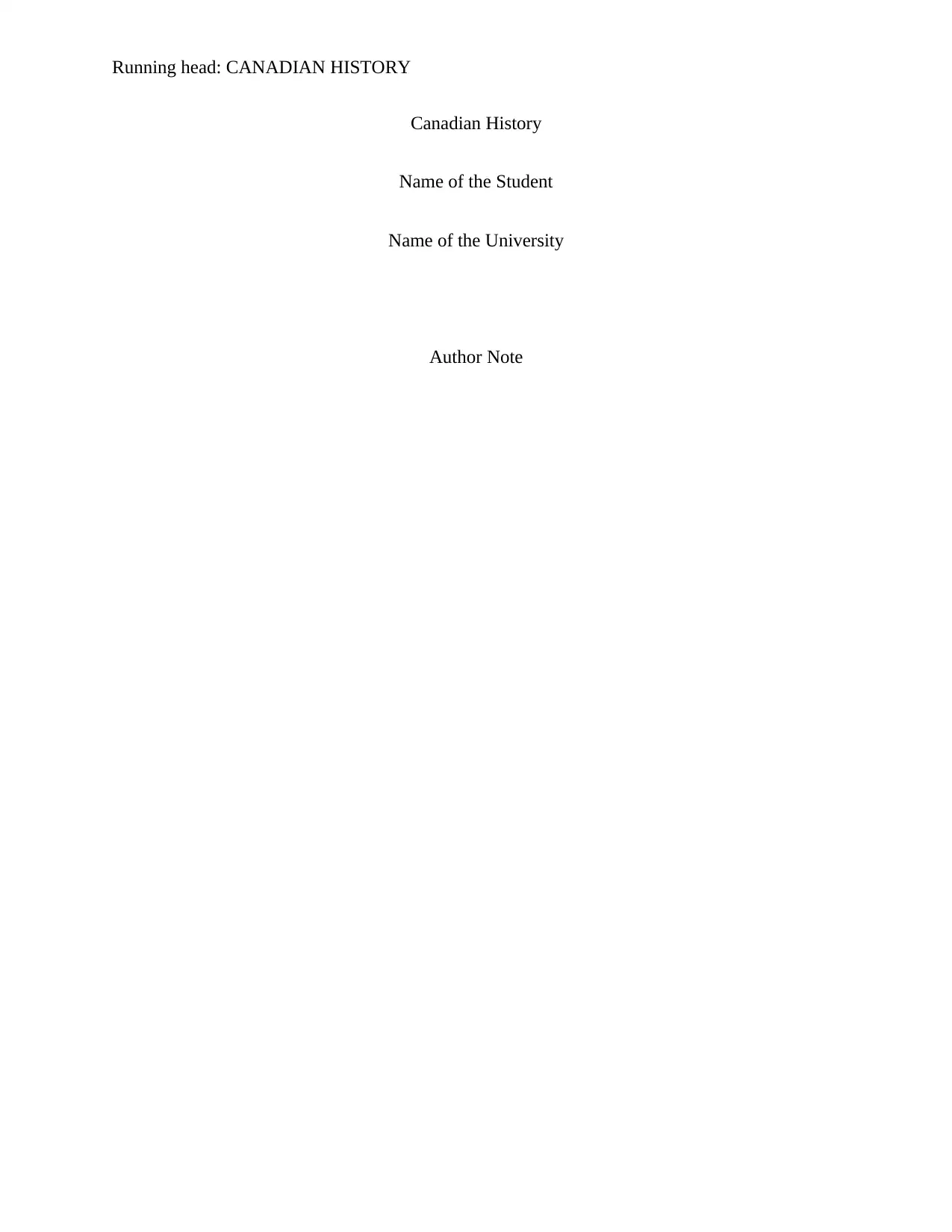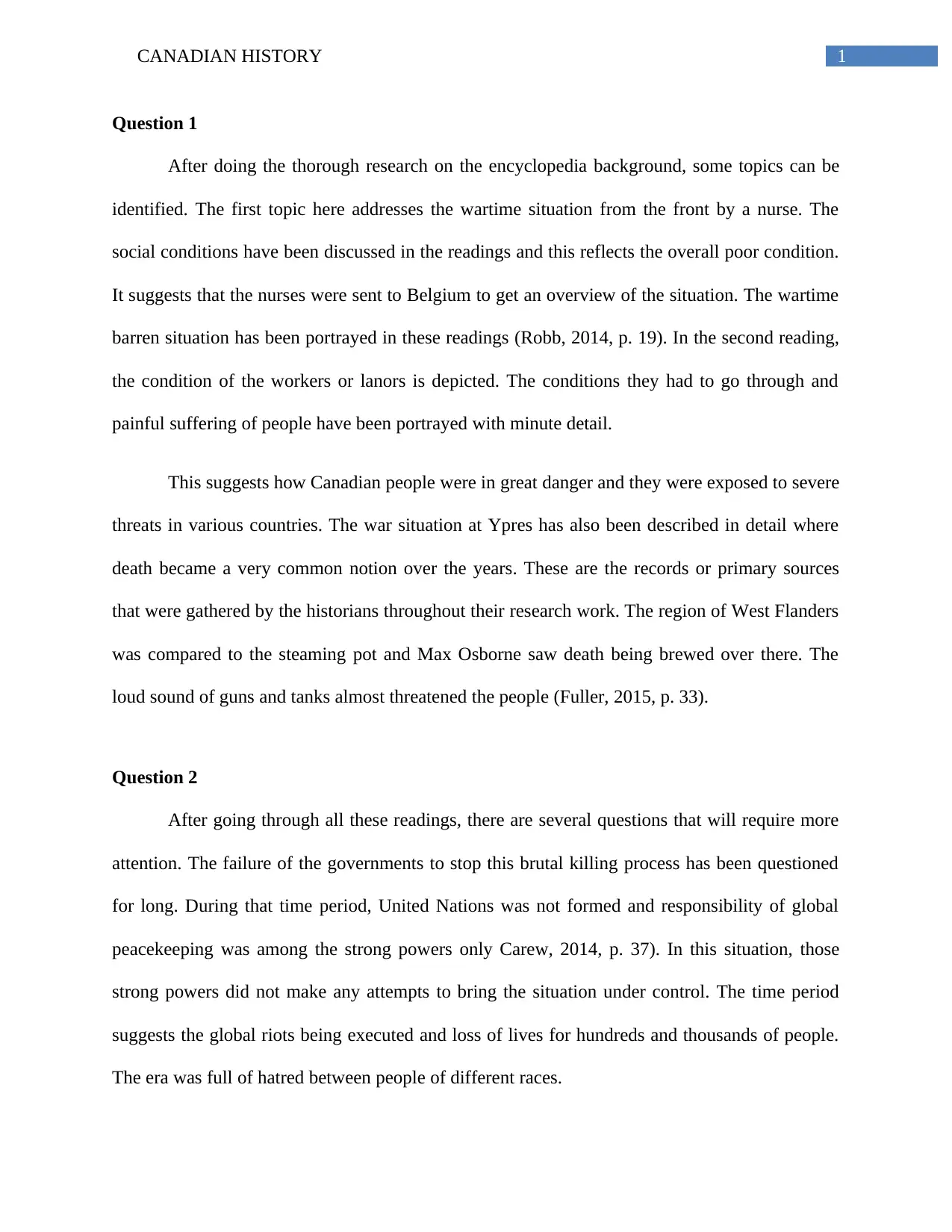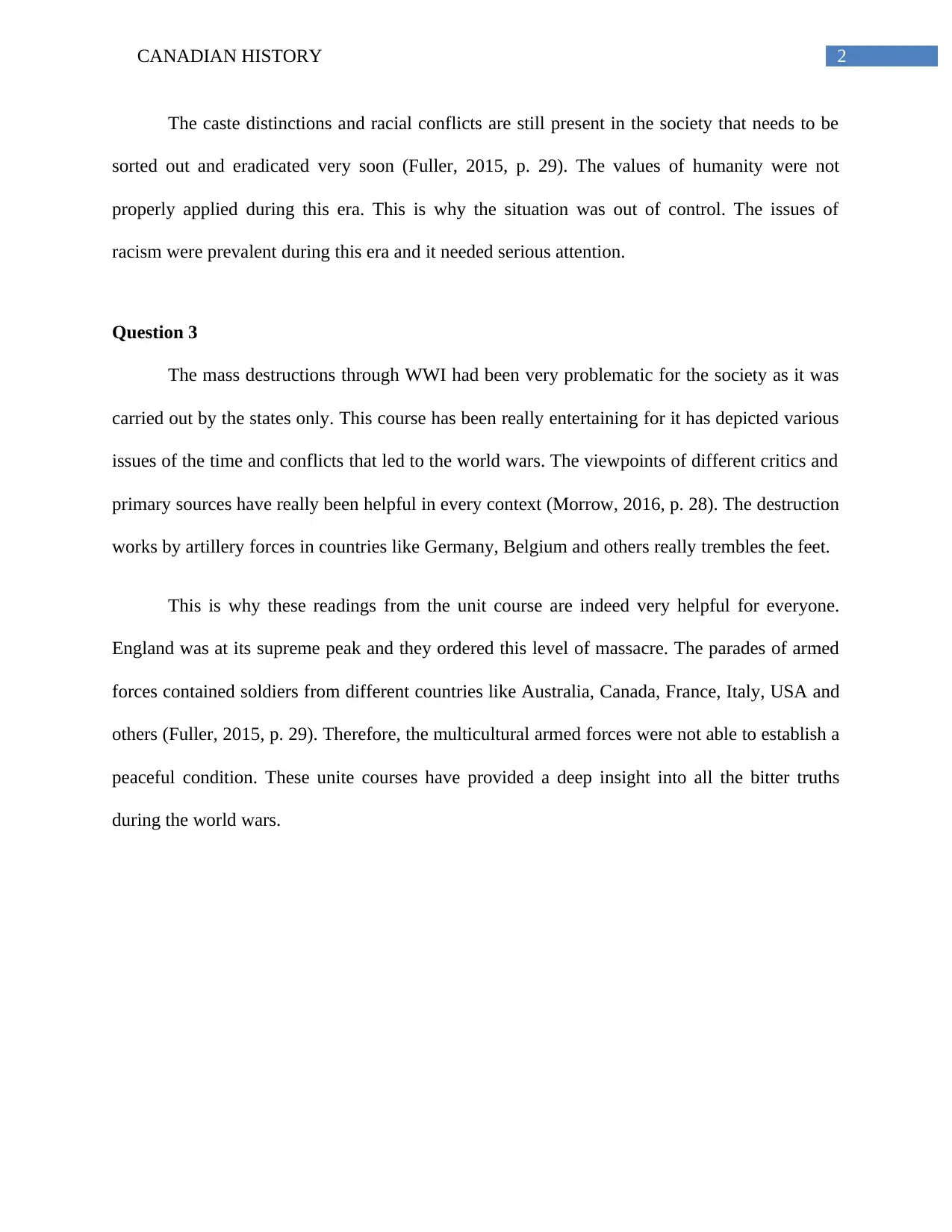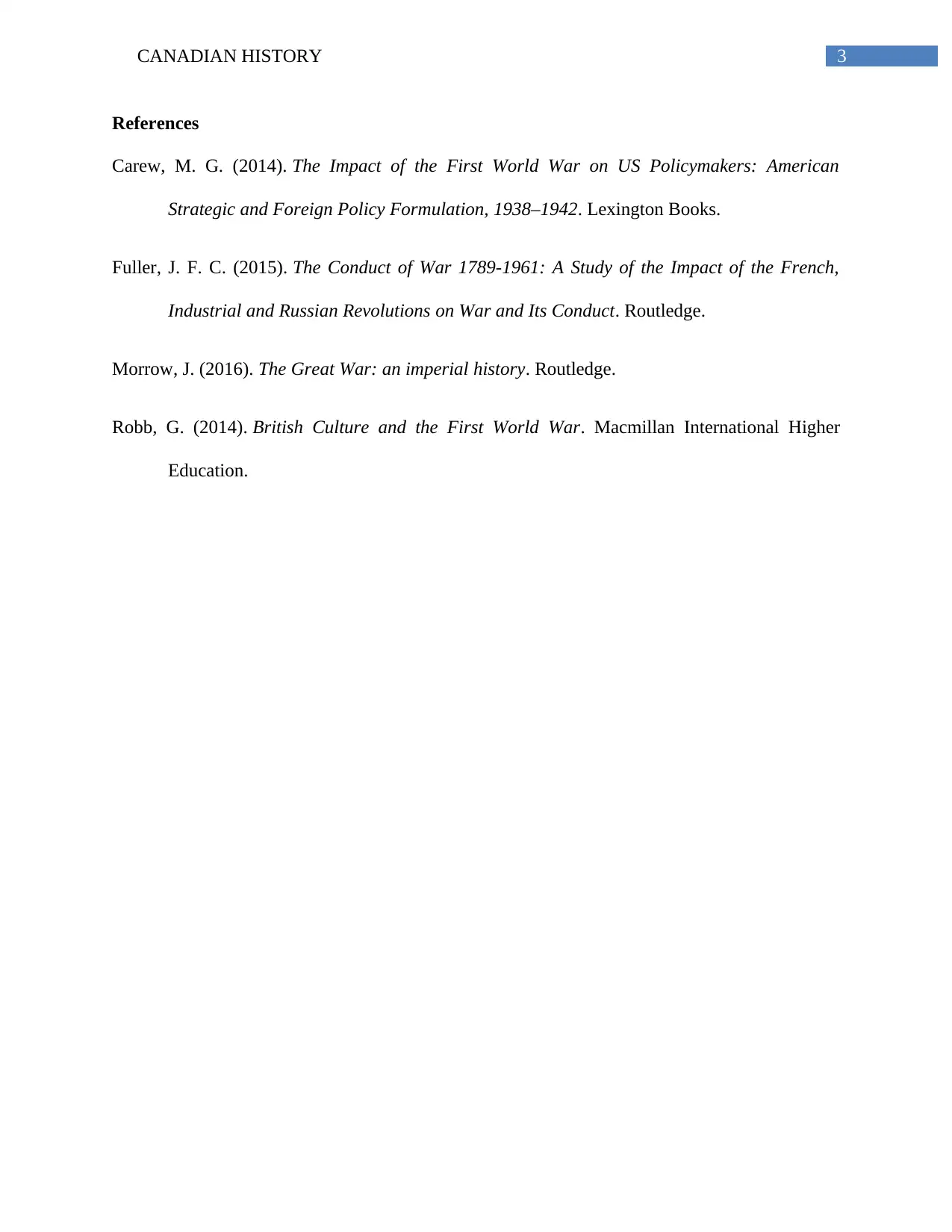Canadian History Assignment: World War I Primary Source Analysis
VerifiedAdded on 2022/08/12
|4
|716
|25
Homework Assignment
AI Summary
This assignment analyzes primary sources related to World War I, focusing on the experiences of nurses, laborers, and soldiers. The student explores the social conditions, wartime situations, and the impact of the war on various groups, referencing historical readings and research. The analysis delves into the readings, addressing the era's values, questions requiring attention, and issues of bias, providing an understanding of how to interpret the primary sources. The assignment concludes by reflecting on how the unit's readings and research provide a deeper understanding of the war's complexities and the destruction it caused, emphasizing the importance of considering different perspectives and the multicultural aspects of the armed forces involved.
1 out of 4











![[object Object]](/_next/static/media/star-bottom.7253800d.svg)